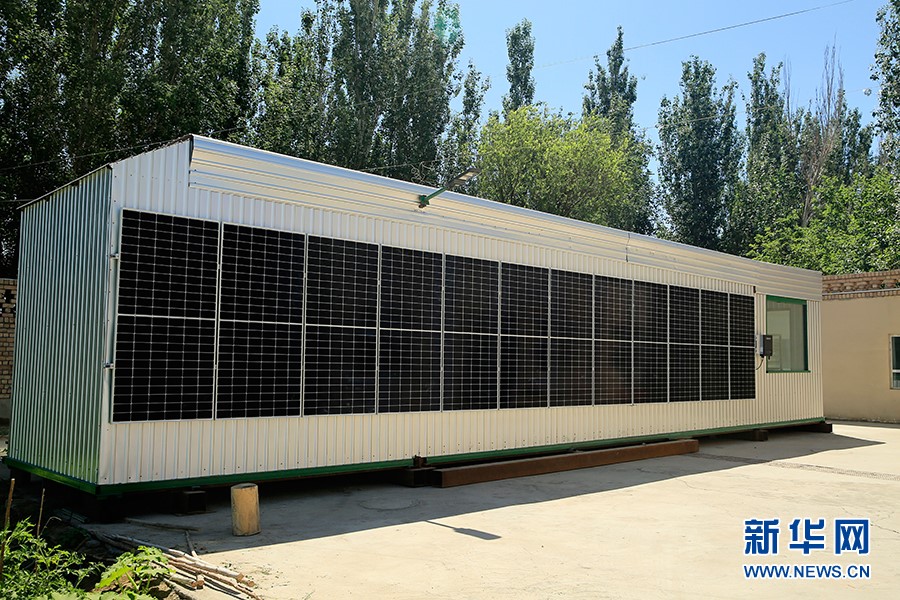The China-EU Agreement on Geographical Indications officially entered into force on March 1, 2021. It is China's first bilateral comprehensive and high-level agreement on the protection of geographical indications (GIs), and an important and practical outcome in the development of China-EU economic and trade relations in recent years.
We will continue to introduce to you the first batch of 100 Chinese GIs and 100 European GIs under the Agreement, to better protect and market them to meet the needs of consumers on both sides for a better life.
GI Episode 16: Turpan's Raisins
In Turpan, Xinjiang, there is a place called Putaogou (literally "the Grape Valley") which is particularly known as a big producer of fruits: apricots in May, pears, peaches and Chinese pear-leaved crabapples in July and August, and then the most popular grapes in August and September.
Grape vines are planted on the hillside terraces. Their thick branches and leaves spread out in all directions, forming rows of green sunshades. In autumn, heavy bunches of grapes hang under the green leaves, shining beautifully under the sun in different colors: red, white, purple, dark red, and light green. If you come to the Grape Valley at this time of the year, the hospitable Uighur farmers will pick the sweetest grapes for you until your stomach is full.
Some of the fresh grapes are transported to the city for sale, and some are taken to the air-curing barns to be made into raisins. The pillbox-resembling barns are also built on the hillside, with holes on its walls and wooden shelves erected inside with nails. Bunches of grapes hang on the shelves, and the flowing hot air inside will dry them into raisins. The raisins produced here are very famous for their bright color and sweetness.
The Grape Valley is indeed a nice place.
The above passages are cited from the Chinese textbook for second-graders, which makes Turpan's raisins a household name in China.
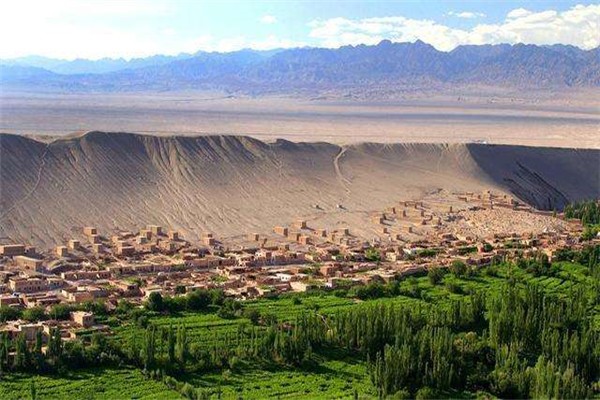
Turpan means "the lowest place" in the Uighur language. It is the world's lowest basin, surrounded by mountains and far away from the sea. It is dry and hot all year round. It has up to 3,000 hours of sunshine and nearly 300 frost-free days a year, making it a natural huge greenhouse. Nurtured by the snowmelt water from Tianshan Mountains, the thermophilic, light-thirsty grapes are thriving here. Turpan has become the "home of grapes" in China and even the world. At present, Turpan's grape planting area totals 380 square kilometers, with more than 500 varieties and an annual output of 1.2 million tons.
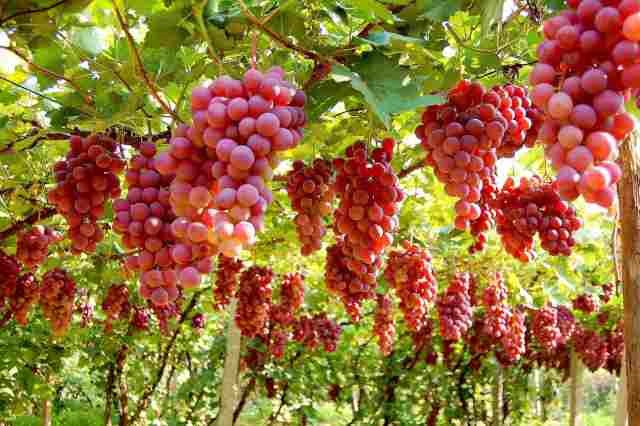
As described in the opening passages, after the grapes are harvested, they are hung in a unique drying room (or air-curing barn) in Turpan to cure in the dry and hot wind for 30-45 days. After that, they will become green, pearl-shaped raisins that taste tender, sweet and are rich in nutrition.
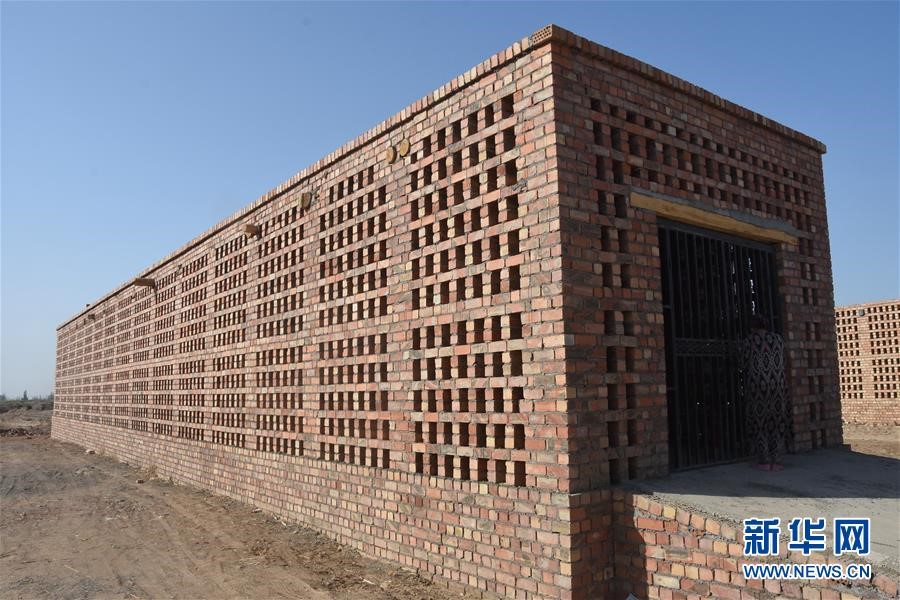
In today's Turpan, there are about two air-curing barns for every three households, and the barns are virtually the "second home" of local farmers. According to previous experience, every 5 kg of fresh grapes can produce about 1 kg of raisins. An air-curing barn like the one pictured above can produce about 3 tons of raisins at a time.
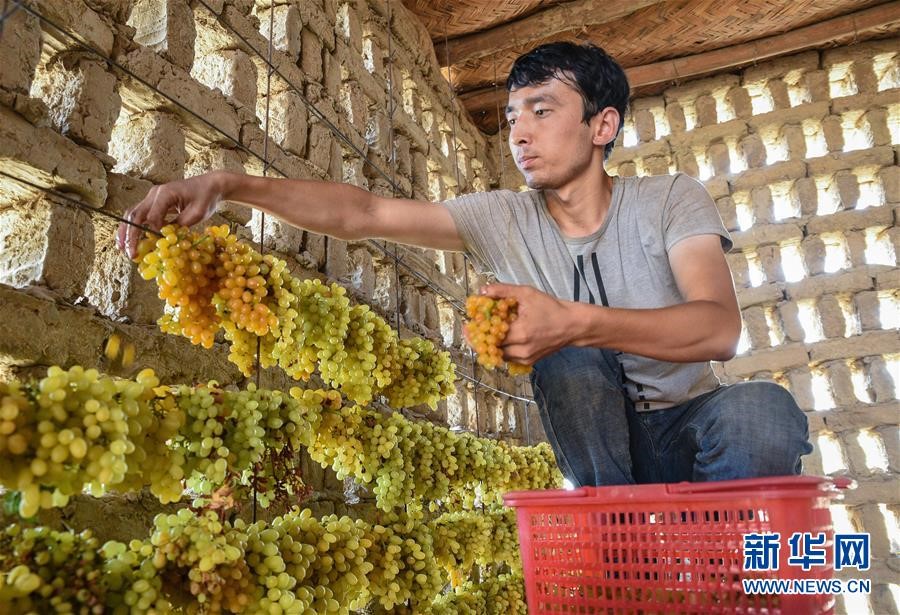
In recent years, locals have been prioritizing ecological conservation and pursuing green development. AI-enabled air-curing barns equipped with photovoltaic panels and high-tech drip irrigation systems can be found everywhere. They save farmers' costs and increase their income while contributing to the low-carbon and high-quality development of China's economy.
